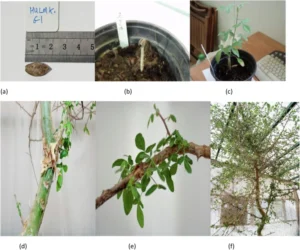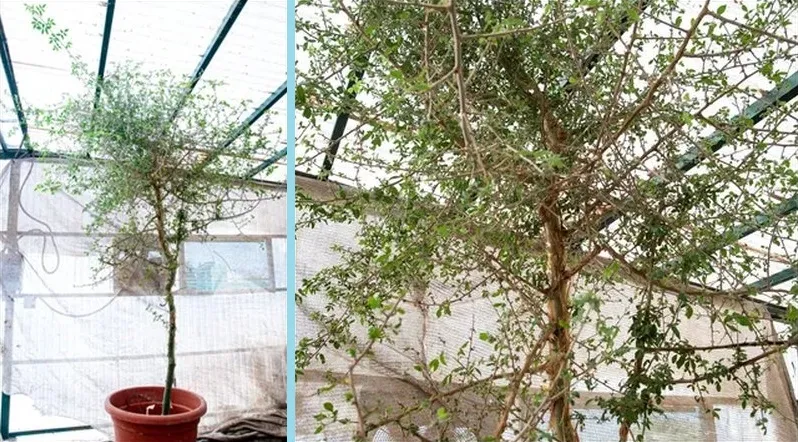An international team of scientists has grown a tree from a thousand-year-old seed discovered during an archaeological dig. According to the researchers, it may be an extinct species of plant whose medicinal properties were mentioned in the Bible.
The seed was discovered in the late 1980s by archaeologists conducting archaeological excavations in caves in the Judean desert (Israel), but it was not planted until 2010. Today, the tree that grew from the seed measures about 3 meters. The plant was named Sabah in honor of the biblical kingdom of Sheba.
A team of researchers led by Dr. Sarrah Sallon of Hadassah Medical Center in Jerusalem, Israel, subjected it to detailed analysis. Researchers from the US, Switzerland, France and Australia also participated in the project. The results of their work were published in the prestigious journal Communications Biology.
The study of the plant used radiocarbon dating, DNA sequencing, phylogenetic and phytochemical analysis, among other methods, and the results were compared with archaeological and phytogeographic data and historical source material.
Radiocarbon dating indicated that the seed from which the Sabah grew – the first such find ever made – dates to between 993AD and 1202 AD. It was attributed to the region of the southern Levant, a land encompassing the present-day states of Israel, Palestine and Jordan.

Fig. 1: Morphological features of “Sheba” at different ages. / source: press mat.
(a) ancient seed prior to planting (b) developing seed at 5 weeks showing epicotyl and developing cotyledons covered by seed coat (c) seedling (6 months) (d) peeling bark (12 years) (e) leaves showing fine hairs (12 years) (f) mature tree (12 years). Permission for the use of pictures shown in Fig. 1 (a) and (c-f) was provided by Mr Guy Eisner and for Fig. 1 (b) by Dr Elaine Solowey.







